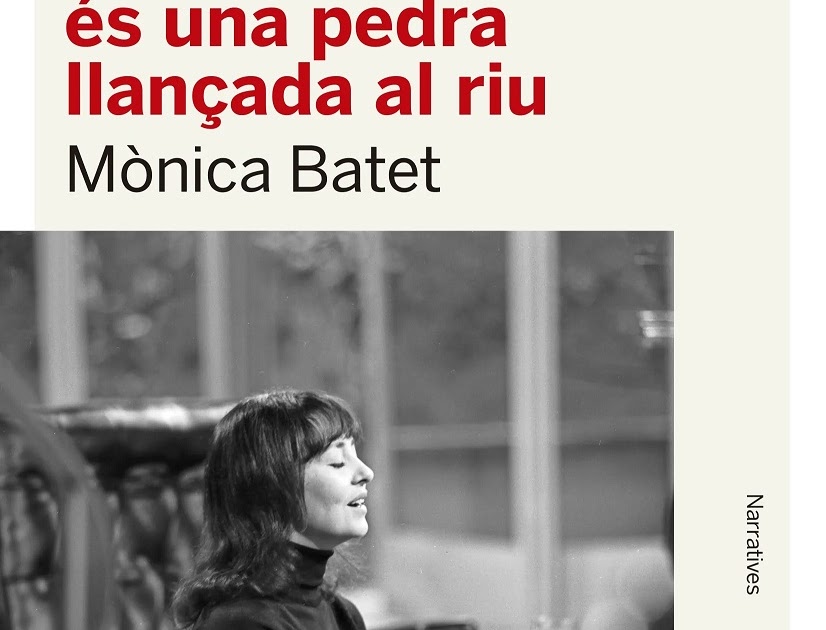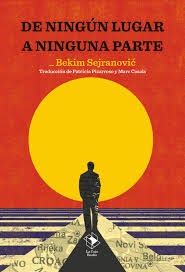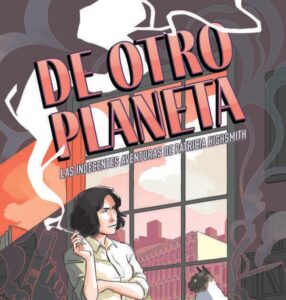
Idioma original: catalan
Original title: A story is a stone thrown into the river
Translation: No translation into Spanish at the moment
Year of publication: 2023
Valuation: between recommended and highly recommended
There are certain books that, for one reason or another, remain on the to-read list for quite some time, either at home or on that list we all have of readings that we should read one day. And this is the case of the novel in question, as it is on my personal list after the multiple praises received in different forums, but for some reason beyond me I had not found the time to read it until this holiday. And the truth is that reading it has been worth it.
The story begins in a very captivating way with a short fable that opens the book by setting out what will come next in terms of narrative intention and style: thus, already in the first chapter the author introduces us to the Future Folklorist, a young man born into a family full of dancers but who, unlike them, his great passion is books and stories, tales. Thus, while his family tries to make him see that he should dedicate himself to ballet like all of them, he goes every Sunday morning to the Mercado de Libros Leídos to buy old story books from a now defunct publishing house. And, in the afternoons, he delves fully into those stories, because “those were the afternoons of the future Folklorist. Afternoons full of happiness and nights of sleeping soundly” to the concern of his father who wonders how he can be interested in those books and what will become of his son if he does not start dancing because “in the city where the Future Folklorist lived there were not only ten dance halls, there were also countless schools where young people, and not so young, went to take classes.” Finally, following a comment he hears from a young woman saying that boys who do not know how to dance will not find a girlfriend, he decides to enroll in a school where he will meet the Future Revolutionary, a young man with whom he shares his love for books and stories. From there, their relationship grows and they dedicate themselves to investigating popular tales, their similarities and versions, their approaches and characteristics, narration and its orality.
The author thus places the story of the tale in an undetermined time and country, although in the reader’s mind it could be placed in a Central European country, with a closed mentality, rigid traditions and ossified customs, where censorship reigns and music is restricted to men, because “it is not correct for a woman to talk about the love she feels for a man and even less so for another woman. The latter is unacceptable. If a woman were to sing, even in a very small venue, both the musicians and she would have problems.” Through a few interrelated characters, with some temporal ellipses that place and relocate us in the narrated times in which war, dictatorship or totalitarianism occupy and centre the daily lives of its inhabitants, the story is displaced in time and space, through these nameless characters whose origins we do not know, which broadens the mental spectrum in which the reader places the story and the context, a context in which freedoms are restricted, in which stories and songs with metaphorical lyrics are the only ways of escape, protest and resistance against a totalitarian state. Songs sung in secret that, unlike the songs of popular music, in this case “both in the songs of the women of their country and in those of those men dressed in black, eternity was glimpsed.”
The author says, through the words of one of her characters, that “it was us. Victory began with us. You only have to look at history, there is always a moment when the people stop obeying.” In times when the extreme right and totalitarianism appear after every electoral contest, it is important not to forget that, in the end, only the people save the people.
Source: https://unlibroaldia.blogspot.com/2024/08/monica-batet-una-historia-es-una-pedra.html


